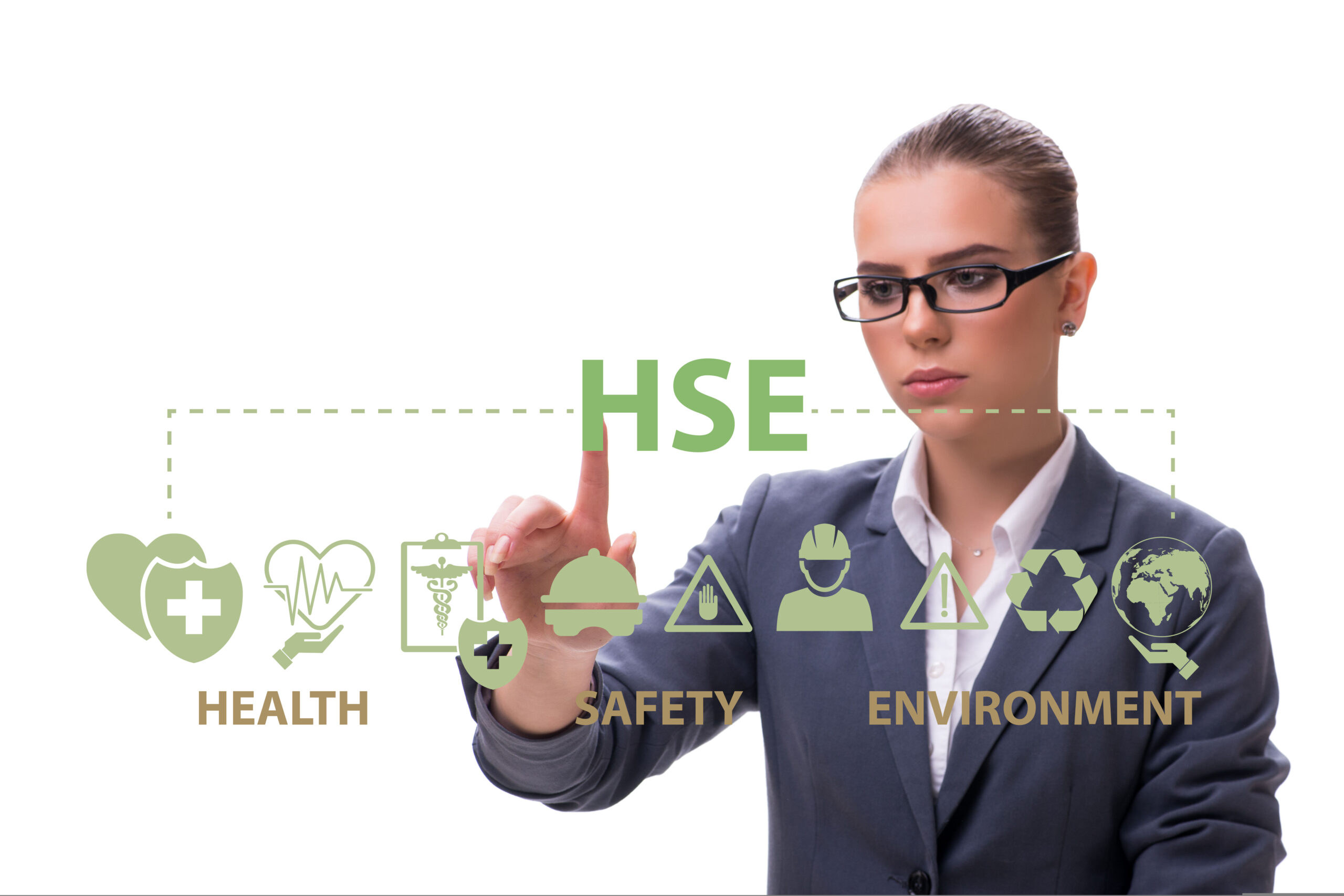Safety inspections are critical to ensure that workplaces, buildings, equipment, and other resources are safe for employee use. As the understanding and recognition of hazards and methods for mitigating or preventing them have grown, regulations and standards have been put in place by governing agencies to guide organizations on the expectations for safety inspections. However, for safety inspections to be making the most difference, an organization needs to go beyond the basic motivation of “we have to” and truly own the “why,” “when,” and “how” of performing safety inspections.
Why Safety Inspections are Performed:
- Compliance: Safety inspections are performed to ensure compliance with regulations, codes, and standards. Organizations are required to comply with regulations and standards set by government agencies and industry organizations to ensure the safety of employees and the public.
- Risk Management: Safety inspections are performed to identify potential hazards and risks in the workplace or associated structures. By identifying potential hazards, organizations can take measures to reduce risks, prevent accidents, and minimize the impact of incidents.
- Prevention: Safety inspections are performed to prevent accidents and incidents from occurring. Inspections can help identify potential hazards and risks, and corrective measures can be created and implemented to prevent accidents and incidents from occurring.
Safety inspections are a means for organizations to align with the Occupational Safety and Health Administration’s (OSHA) requirement that employers provide a working environment “free of known health and safety hazards” by making the identification of hazards and documentation of their mitigation possible. In that light, does simply walking around occasionally checking boxes actually satisfy the standard? It may serve to keep some form of record but is not a useful practice for eliminating dangers and does not meet the spirit and intent of the regulations. When performed correctly, workplace safety inspections can fulfill a greater purpose, assuring workers that their workplace is safe, helping the company demonstrate they care about identifying and rectifying safety issues in a meaningful way, and promoting improvement.
When Safety Inspections are Performed:
Safety inspections should be regularly performed, with frequency (weekly, quarterly, bi-annually, etc.) determined by the type of work, industry, and applicable regulations. Safety inspections may also be required immediately following an incident/accident or change in regulations/standards (e.g., ANSI Z10, OSHA VPP, etc.). Aside from these, several other factors will influence how often safety inspections are conducted:
- the frequency of employee engagement or training activities
- the type of activity during shifts
- the number of hours worked in total or per shift
- if workers, processes, and/or equipment are being introduced
- high-risk location, equipment, or activity trends
- near-miss records.
A more detailed guideline for determining when and how often safety inspections should be conducted, capitalizing on the data available within an organization, can be found in a previous blog article, “Safety Inspections: How Often is Enough?”.
How Safety Inspections are Performed:
Safety inspections are typically performed by trained individuals who are knowledgeable in safety regulations, codes, and standards. Regulations require the following actions from safety inspectors:
- Preparing all equipment needed to appropriately perform the inspection.
- Reviewing prior inspection details and incident records.
- Conducting meetings with managers and consulting with employees about EHS, informing them of any imminent hazards.
- Taking environmental samples and photographs, where appropriate.
- Complying with established safety protocols.
- Avoiding impairing or disrupting operations, when possible.
- Disclosing findings and recommendations to relevant employees and managers.
To illustrate a sequential walkthrough of these actions, the inspection process should entail the following steps:
- Planning: Before commencing an inspection, the appropriate personnel develop a plan that outlines the areas that will be inspected, the tools and equipment required, and the employees involved.
- Preparation: The inspection team prepares by reviewing relevant documentation, including regulations, standards, and previous inspection reports.
- Inspection: The inspection team conducts a visual inspection of the areas identified in the plan, looking for hazards and risks. The team may use tools and equipment to assist in the inspection, such as data collection software, gas detectors, noise meters, and thermal imaging cameras.
- Reporting: After the inspection is complete, the inspection team compiles a report to detail their findings. The report may include recommendations for corrective actions or other forms of abatement and a timeline for implementation.
- Follow-up: Organizations are responsible for implementing corrective actions in response to the findings of the inspection report. The inspection team may conduct a follow-up inspection to ensure that corrective actions have been completed.
For a more comprehensive aid to understanding how workplace safety inspections/audits can be carried out, check out the previously published article, “8 Tips for Successful Workplace Inspections.”
While having explored the basics of why, when, and how to conduct safety inspections is an important start for organizations to successfully adopt the practice, it is crucial to stress the fact that simply collecting safety information is only the beginning. Once data has been collected, the next step is to review the data to determine its meaning and value for the improvement process. To push workplace safety programs forward, data should be reviewed regularly through the lens of a structured action information strategy. Advancements in this area will rely on the frequency and quality of the feedback generated from safety observations.
AUTHOR BIO:-

Cary comes to the SafetyStratus team as the Vice President of Operations with almost 30 years of experience in several different industries. He began his career in the United States Navy’s nuclear power program. From there he transitioned into the public sector as an Environmental, Health & Safety Manager in the utility industry. After almost thirteen years, he transitioned into the construction sector as a Safety Director at a large, international construction company. Most recently he held the position of Manager of Professional Services at a safety software company, overseeing the customer success, implementation, and process consulting aspects of the services team.
At SafetyStratus, he is focused on helping achieve the company’s vision of “Saving lives and the environment by successfully integrating knowledgeable people, sustainable processes, and unparalleled technology”.



